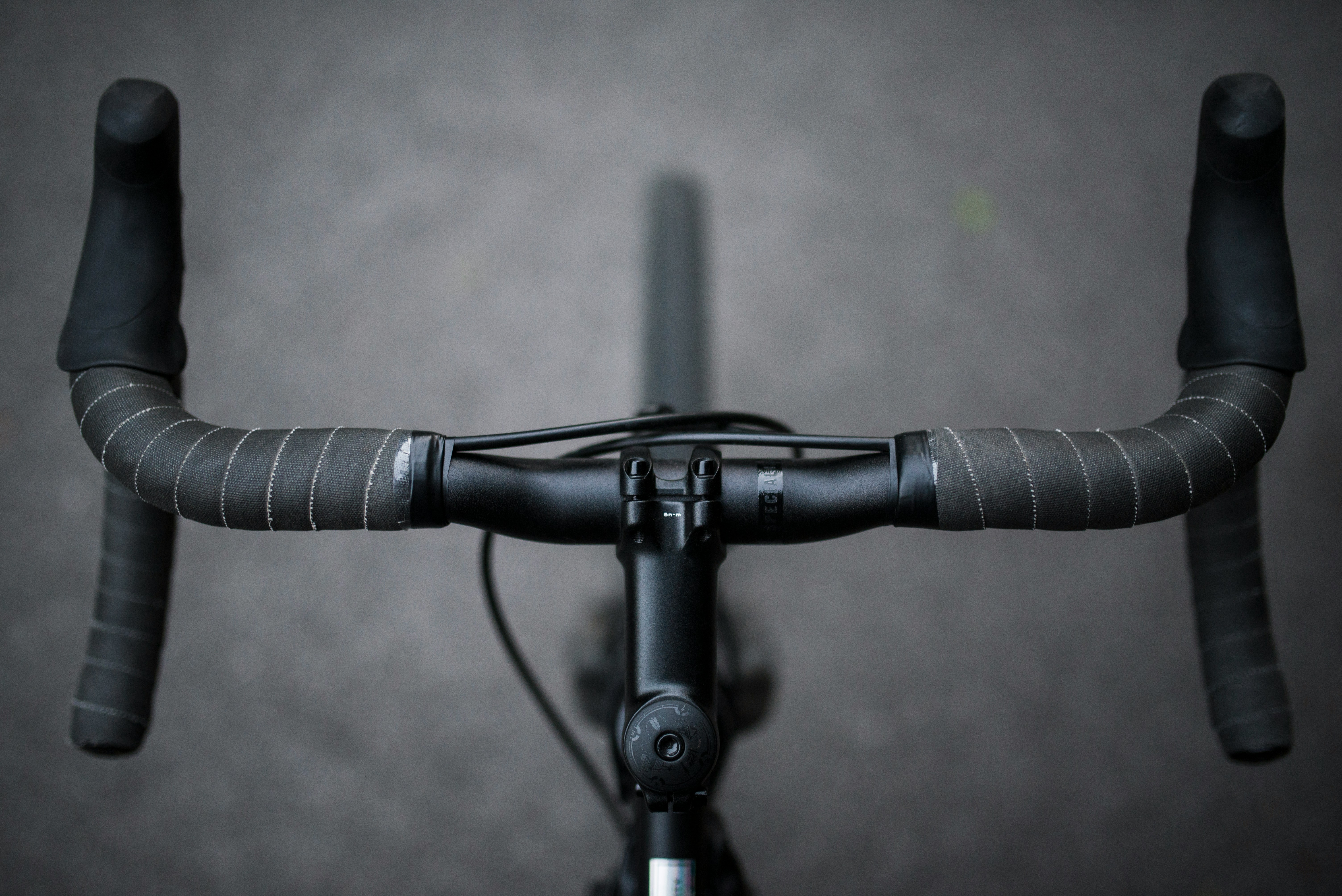The Structure and Function of a Bicycle: Exploring the Role of Each Component
Bicycles, as an eco-friendly and healthy mode of transportation, have become an integral part of daily life. From urban streets to country trails, their presence is ubiquitous. However, do you truly understand each component of a bicycle and its specific function? This article will take you on a journey to explore the structure and function of a bicycle, shedding light on the role each part plays during a ride.
First, let's start with the core of the bicycle—the frame. The frame is the skeleton of the bicycle, connecting all the parts and providing a stable platform for the rider. The material and design of the frame affect not only the weight and appearance of the bicycle but also its rigidity and comfort. For example, aluminum frames are lightweight and durable, while carbon fiber frames are even lighter and offer higher rigidity.
Next, we have the wheels, the parts that make contact with the ground. The material, size, and tread of the wheels significantly impact the riding experience. The width, softness, and tread pattern of the tires influence the bicycle's grip, handling, and comfort. Choosing the right tires can make your ride safer and more stable.-cdd7ae1ed42846f38e23219593988881-1c36b7f401e340829eecfa5890884b59.jpg)
Between the frame and the wheels, we find the saddle. The saddle is the component that the rider directly interacts with, so its comfort is crucial. A good saddle should provide enough support and cushioning to reduce fatigue during rides. Additionally, the height and angle of the saddle need to be adjusted according to the rider's height and riding habits for the best experience.
The drivetrain is the power source of the bicycle. It includes the pedals, chainrings, chain, and cassette. The rider pedals to transfer power to the chainrings and chain, ultimately driving the rear wheel and propelling the bicycle forward. The design and material of the drivetrain affect the bicycle's efficiency and durability. An efficient drivetrain allows for smoother and less strenuous rides.
The braking system is vital for bicycle safety. It comprises brake levers, brake pads, and brake cables. The rider operates the brake levers to make the brake pads contact the wheels, generating friction to slow down or stop the bike. The sensitivity and reliability of the braking system are crucial for rider safety. Therefore, regular inspection and maintenance of the braking system are necessary.
In addition to these major components, bicycles have many other parts, such as handlebars, pedals, and lighting systems. Although these parts may not be as prominent as the frame, wheels, and drivetrain, they also play important roles. For instance, handlebars control the bicycle's direction and stability; pedals provide a foothold for the rider; and lighting systems enhance safety during nighttime rides.
In summary, each component of a bicycle has its unique function and role. Understanding the function and role of these parts can help you better choose and use a bicycle, making your riding experience more confident and enjoyable. Lvbu's cheap electric bike conversion kit with battery allows you to DIY your ebike kit, working together to provide a safe, comfortable, and efficient riding experience. You will love these ebike kits with batteries, as they are the most powerful electric bike conversion kits available.
- medium https://medium.com/@maxsun_56088/the-structure-and-function-of-a-bicycle-exploring-the-role-of-each-component-00be8ed122d1
- slideshare https://www.slideshare.net/slideshow/the-structure-and-function-of-a-bicycle-exploring-the-role-of-each-component/269739881
- quora https://www.quora.com/profile/Lvbu-Tech/The-Structure-and-Function-of-a-Bicycle-Exploring-the-Role-of-Each-Component-Bicycles-as-an-eco-friendly-and-healthy
- linkedin https://www.linkedin.com/posts/jiangxi-lvbu-technology-co-ltd_booth-ebikediy-renovableenergy-activity-7208754902968188928-lv5T?utm_source=share&utm_medium=member_desktop




